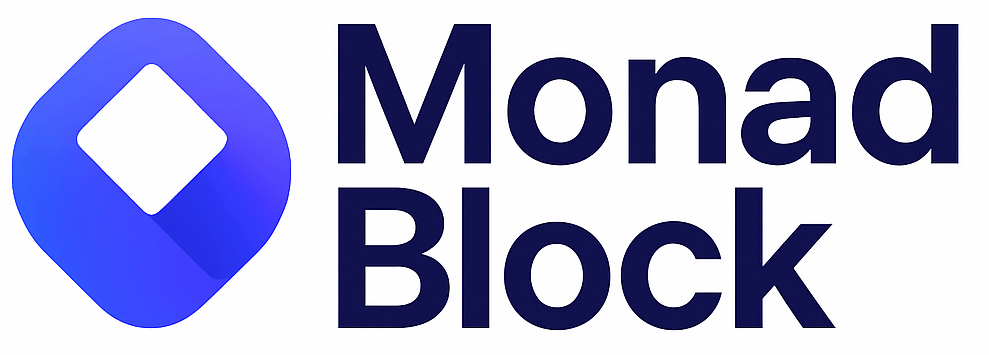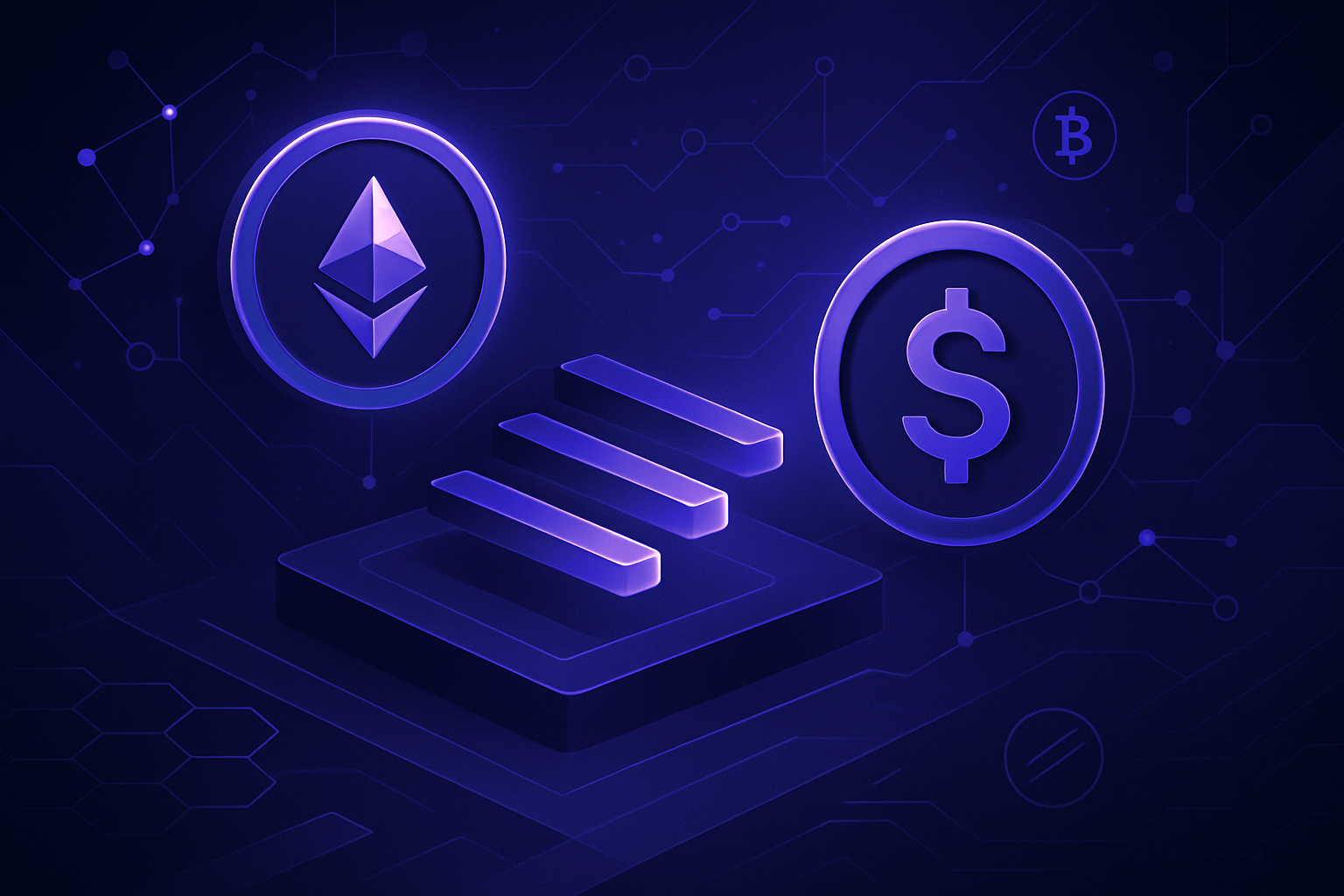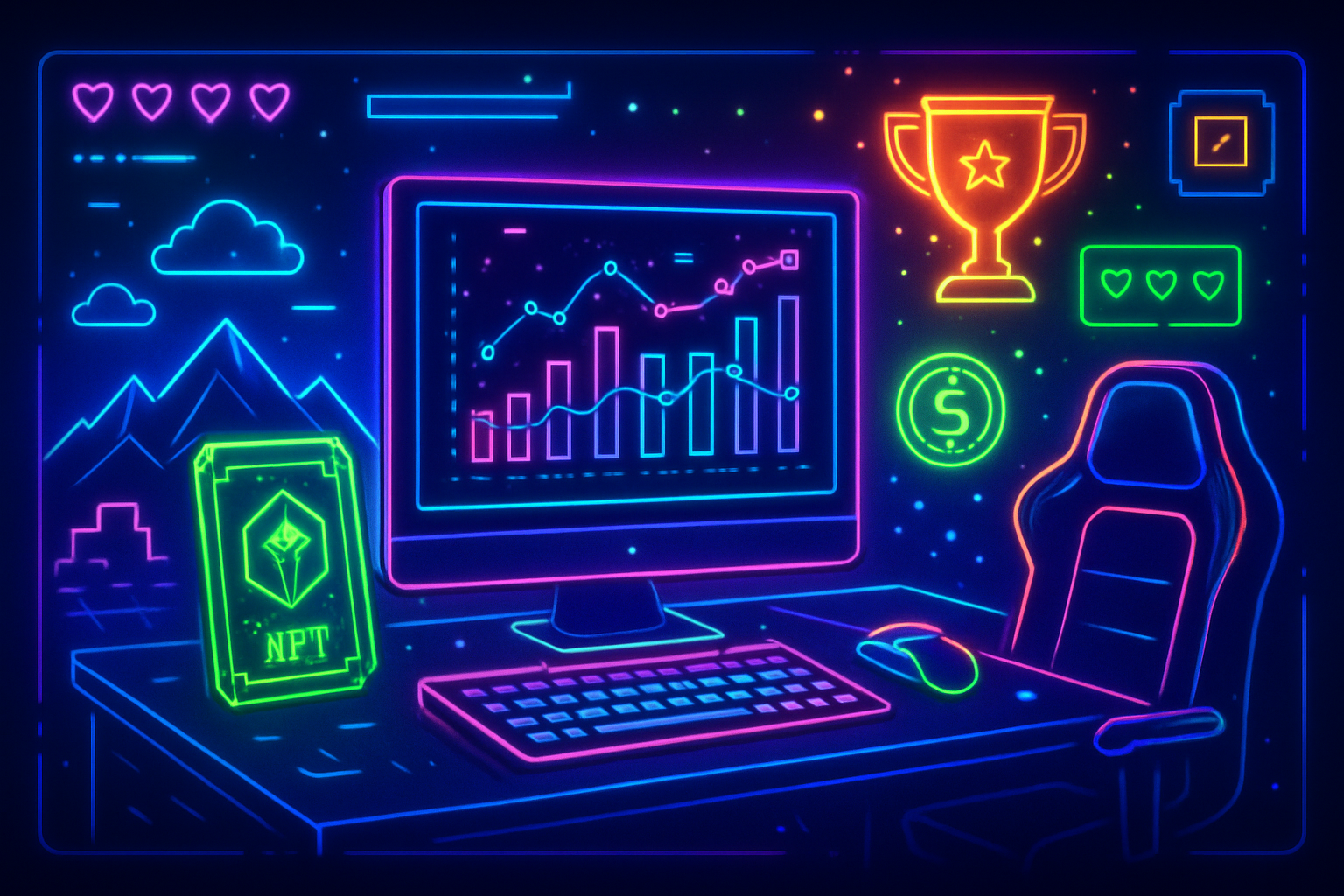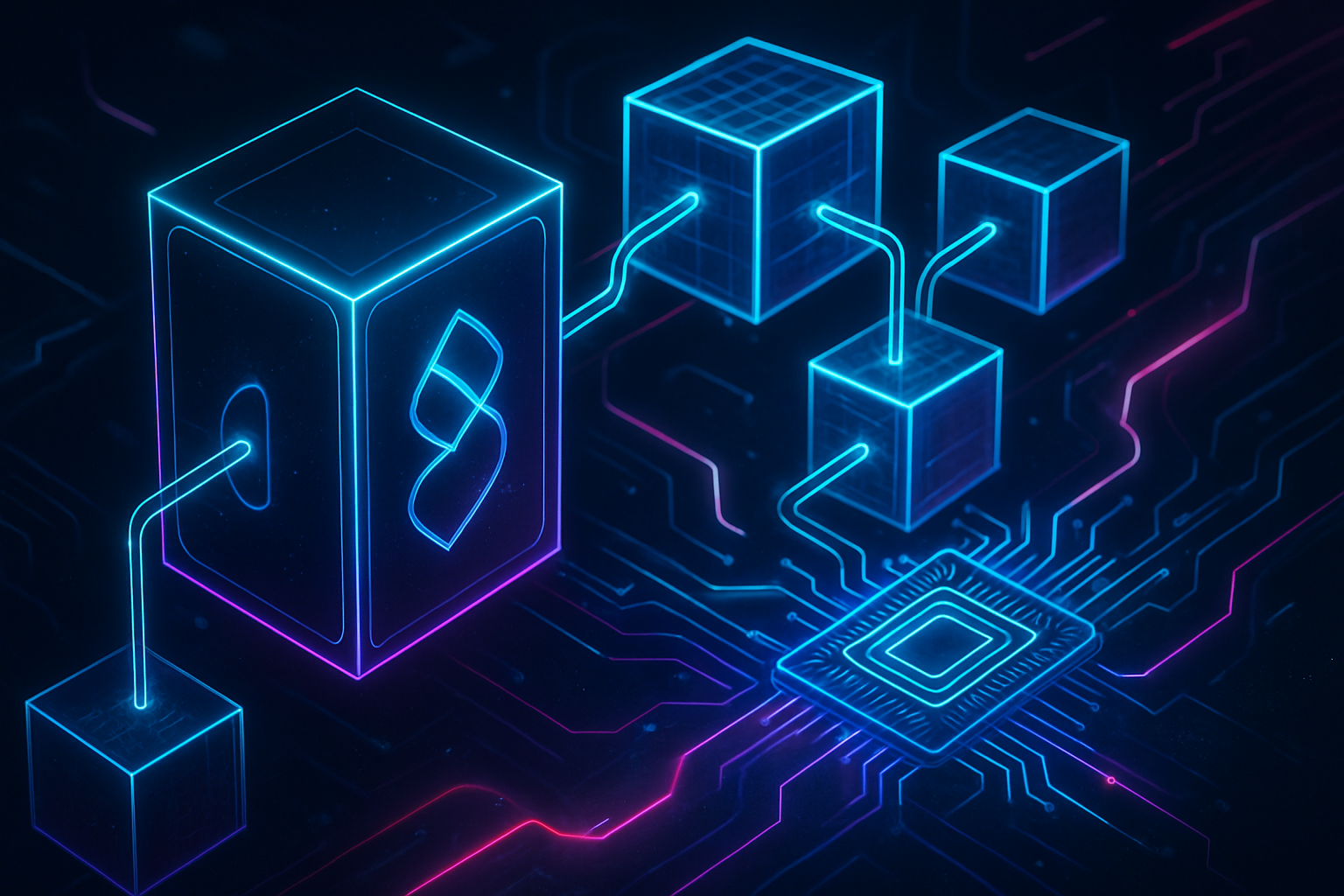
In the rapidly evolving landscape of blockchain technology, the persistent challenge of achieving true scalability without sacrificing security or decentralization, the so-called blockchain trilemma: has defined the ambitions of layer 1 protocols. Enter Monad, a next-generation EVM-compatible chain that is not merely iterating on Ethereum’s foundation but fundamentally reimagining it. Monad’s parallel EVM architecture is setting a new standard for high performance, consistently delivering 10,000 transactions per second (TPS), 0.4-second block times, and finality in just 800 milliseconds, all while maintaining full Ethereum compatibility and near-zero gas fees.

Breaking the Throughput Barrier: Monad’s Parallel Execution Engine
Traditional EVM chains process transactions sequentially, creating an inherent bottleneck that limits scalability and increases latency. Monad disrupts this paradigm by introducing parallel execution at the EVM layer. This architectural leap allows thousands of independent transactions to be validated and executed simultaneously, a feat previously unattainable in fully Ethereum-compatible environments.
At the core of this innovation is Monad’s custom consensus protocol, MonadBFT, which orchestrates rapid transaction ordering and block production. By decoupling execution from consensus and leveraging multi-threaded processing, Monad can handle real-time DeFi order books, high-frequency gaming logic, and complex onchain applications, all without congestion or prohibitive fees.
“Monad’s parallel EVM isn’t just about speed; it’s about unlocking entirely new classes of decentralized applications that require reliable millisecond-level responsiveness. ”
The Real-World Impact: From DeFi to Onchain Gaming
The implications for developers and users are profound. Since the public testnet launch in February 2025, over 210 projects have deployed on Monad, spanning real-time DeFi protocols, scalable EVM gaming platforms, and next-gen onchain social apps. For DeFi in particular, the ability to process thousands of trades per second with sub-second finality means DEXs can rival the user experience of centralized exchanges while preserving trustlessness.
Key Benefits of Monad Parallel EVM for DeFi and Gaming
-
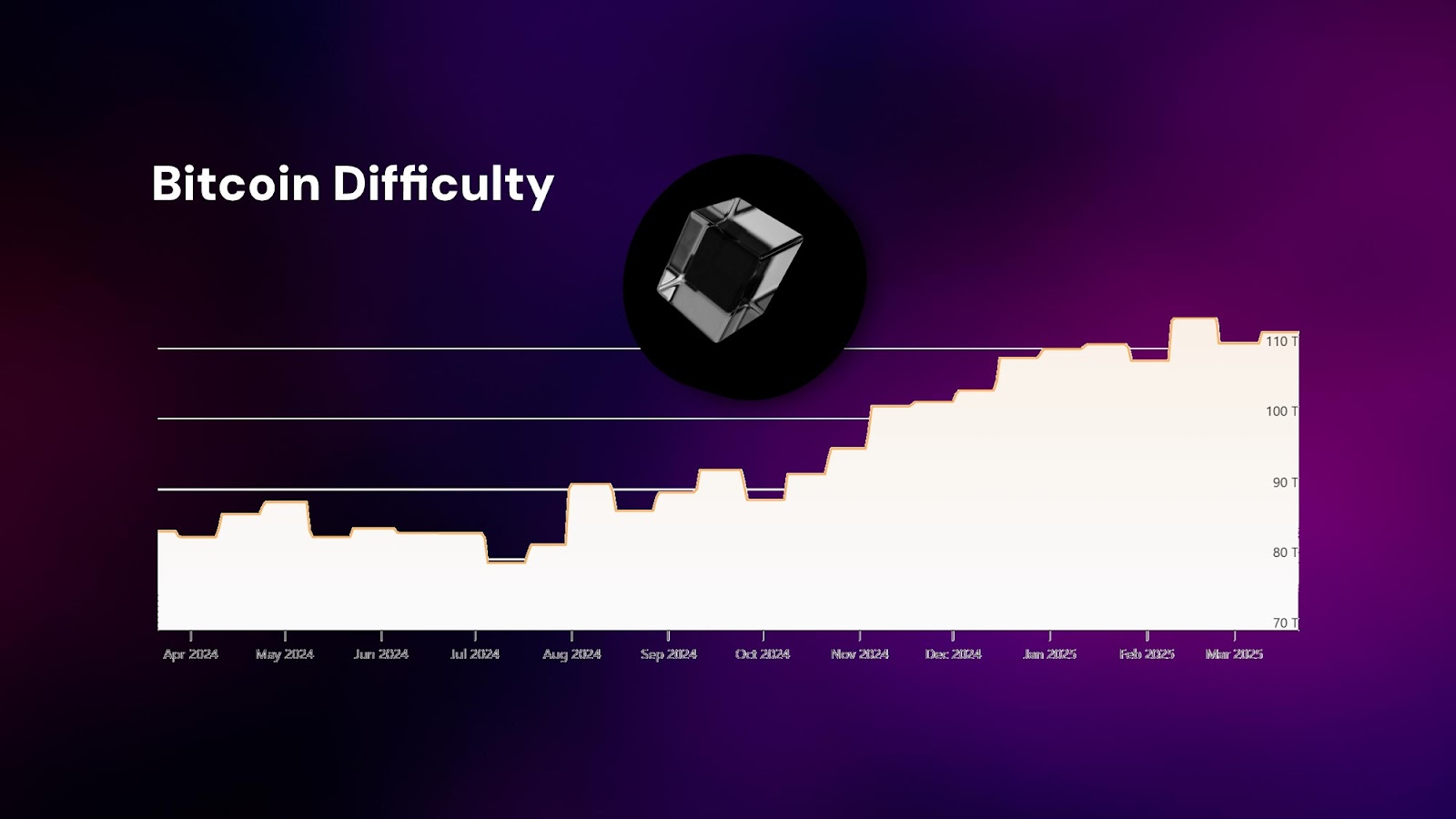
Extreme Scalability: Monad’s parallel EVM architecture enables up to 10,000 transactions per second (TPS), allowing DeFi and gaming platforms to support thousands of users and complex transactions simultaneously without congestion.
-
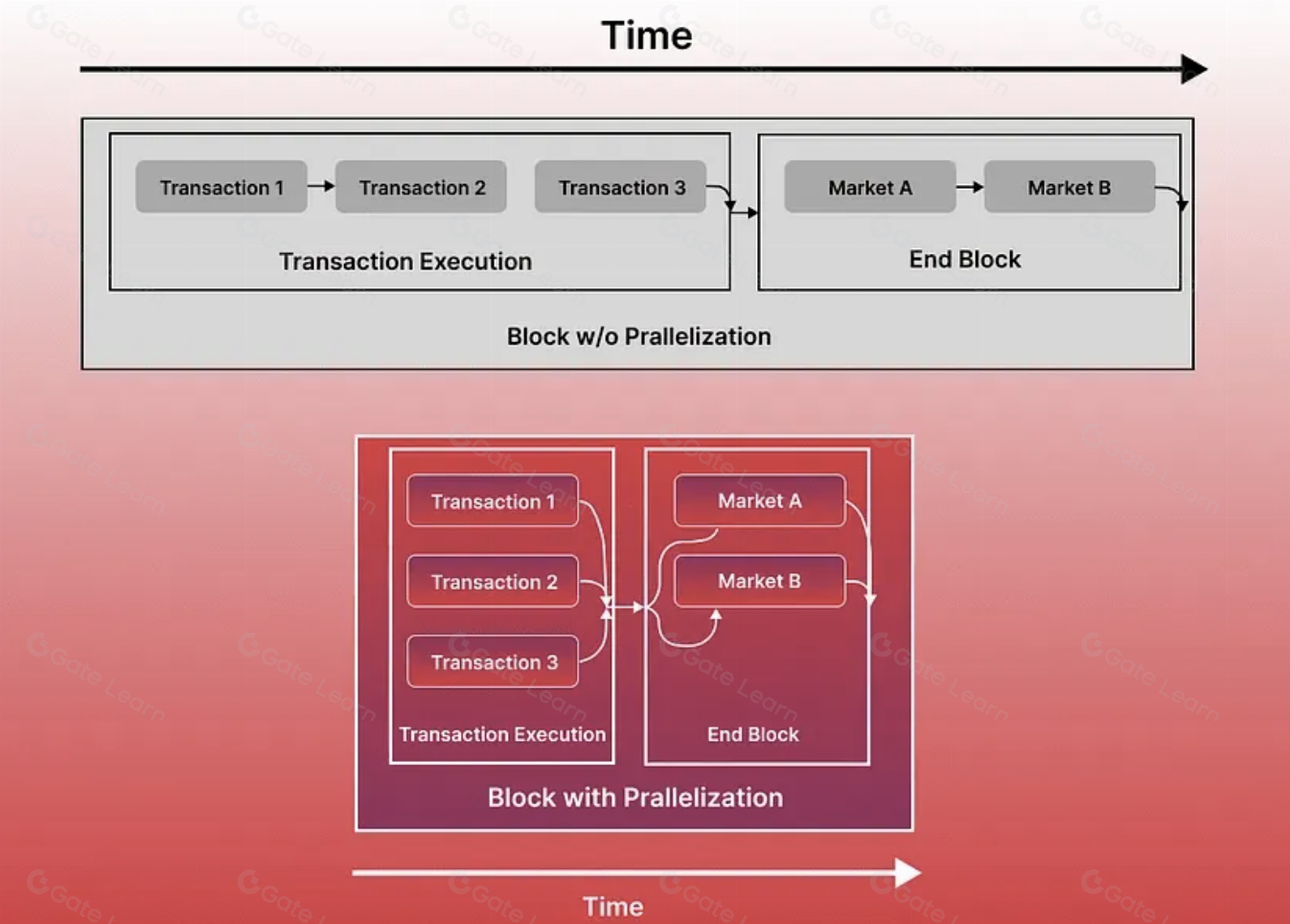
Ultra-Low Latency: With 0.4-second block times and 800ms finality, Monad delivers near-instant transaction confirmation, crucial for real-time gaming and responsive DeFi protocols.
-
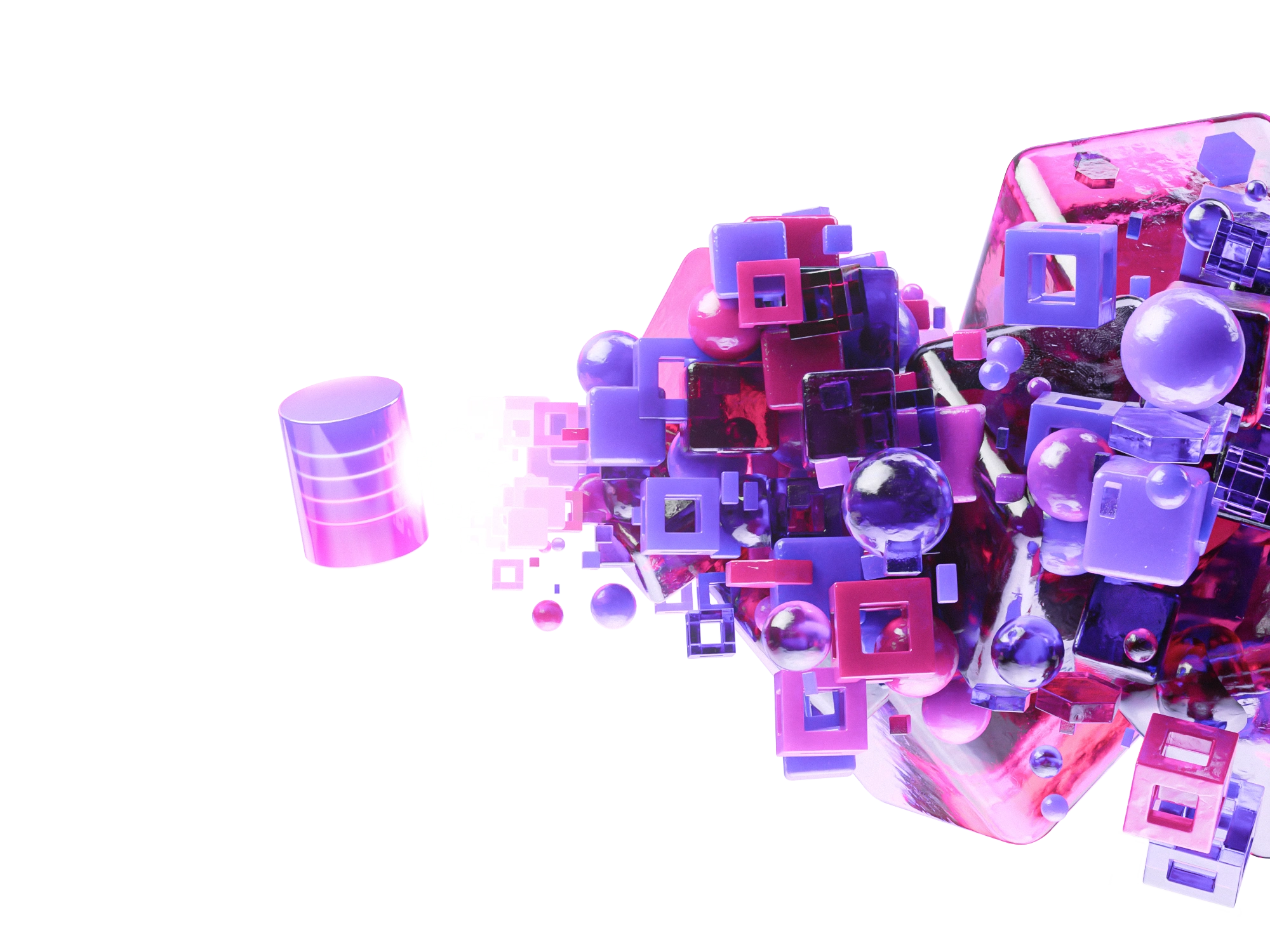
Near-Zero Gas Fees: Monad’s efficient execution and consensus design result in minimal transaction costs, making microtransactions and high-frequency trading economically viable for DeFi and in-game economies.
-
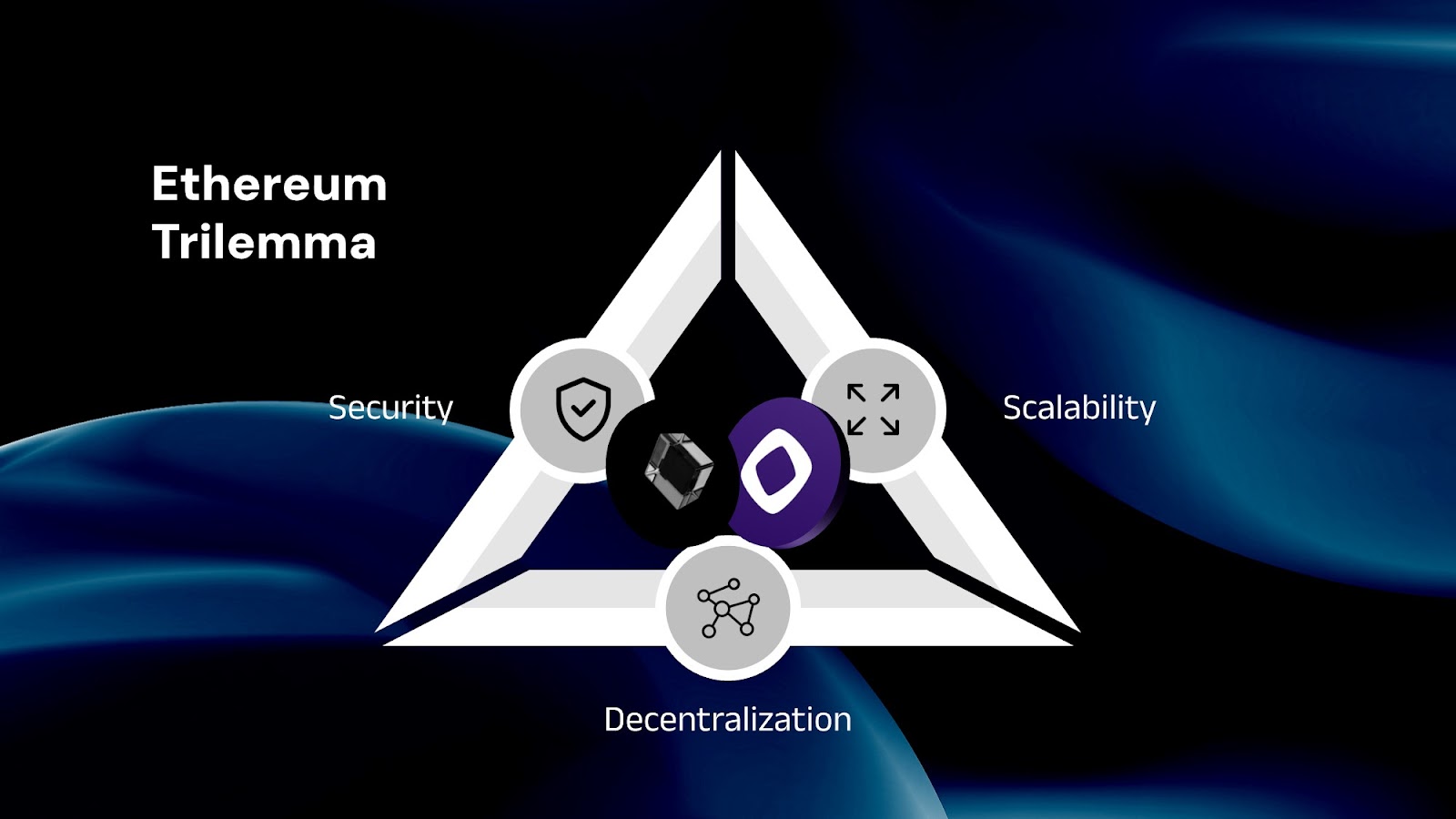
Full EVM Compatibility: Developers can deploy existing Ethereum-based applications on Monad without code changes, ensuring seamless migration and access to a robust ecosystem of DeFi and gaming dApps.
-
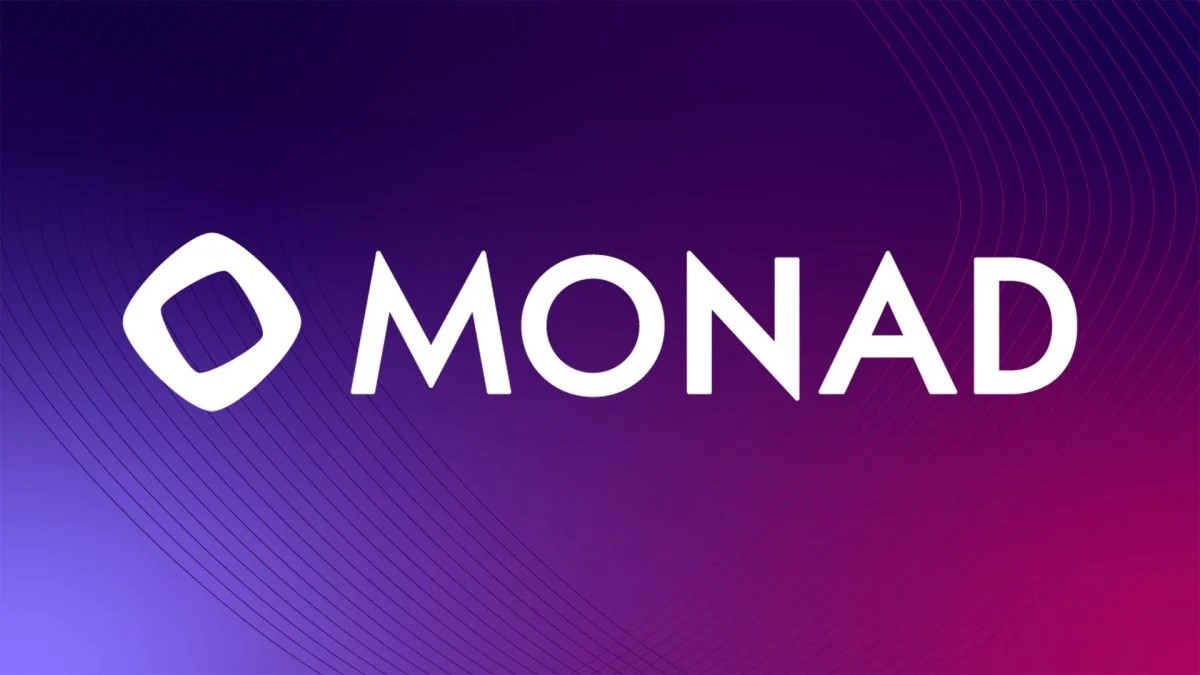
Enhanced User Experience: The combination of high throughput, fast finality, and low fees enables smooth, real-time interactions for DeFi users and gamers, eliminating delays and improving engagement.
-
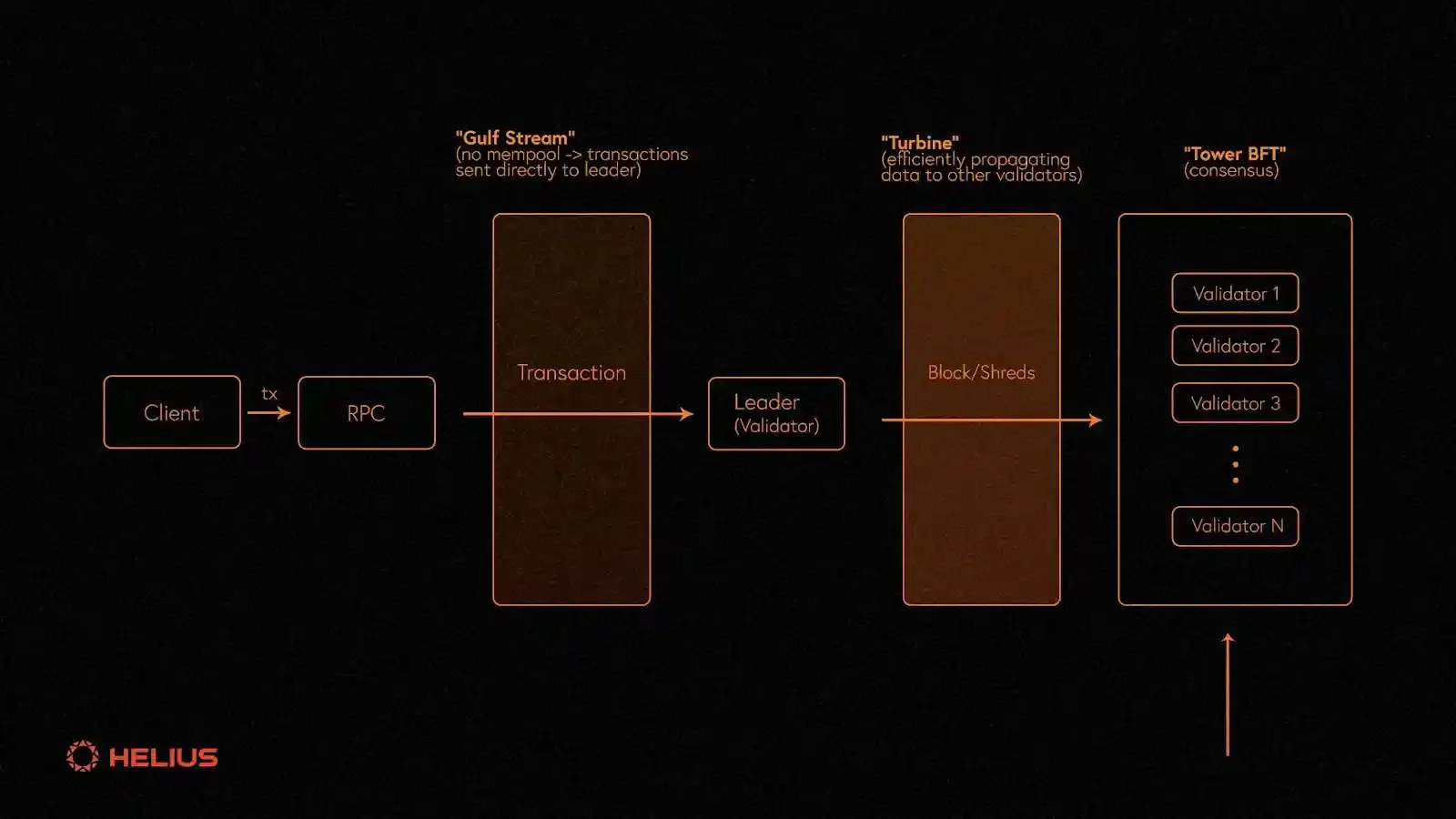
Robust Security with MonadBFT: Monad’s custom consensus mechanism, MonadBFT, provides rapid and secure transaction finality, safeguarding assets and game states against double-spending and network attacks.
Gaming studios are equally empowered. With scalable EVM gaming, developers can design multiplayer experiences with synchronous state updates and instant asset transfers, capabilities previously gated by latency and throughput ceilings on legacy chains. The result is a vibrant ecosystem where composable smart contracts drive not only financial but also social and entertainment primitives.
Seamless Ethereum Compatibility: Zero Migration Friction
A critical differentiator for Monad is its commitment to full EVM equivalence. Developers can deploy existing Ethereum-based dApps on Monad without code changes or rewrites, retaining all familiar tooling while gaining access to orders-of-magnitude better performance. This frictionless migration path has catalyzed a wave of experimentation among established DeFi teams seeking to escape the limitations of mainnet Ethereum gas costs.
This approach ensures that the vast universe of Solidity smart contracts, developer libraries, and ecosystem integrations remain operable on Monad from day one, dramatically lowering the barrier for adoption among both enterprises and independent builders.
Ecosystem Momentum and Strategic Backing
The momentum behind Monad is not merely technical but also financial. In June 2025, Monad Labs secured a $225 million Series A round led by Paradigm, valuing the company at $3 billion, a testament to institutional confidence in its vision for a scalable, low-latency EVM chain. With mainnet launch anticipated in Q3 2025, the stage is set for Monad to become the preferred platform for real-time decentralized applications.
As the countdown to mainnet continues, Monad’s testnet has become a proving ground for the next generation of onchain innovation. Projects are leveraging Monad’s EVM parallel execution to push the boundaries of what’s possible in both financial and non-financial domains. Real-time DeFi platforms are now able to facilitate high-frequency trading, dynamic AMMs, and onchain derivatives with a level of speed and reliability that rivals traditional finance infrastructure. This is not just a theoretical milestone but a tangible shift, as demonstrated by the surge in developer activity and user adoption since February 2025.
Solving the Blockchain Trilemma: Security, Decentralization, and Scalability
The persistent challenge for high-performance blockchains has been the so-called blockchain trilemma: achieving scalability without sacrificing security or decentralization. Monad’s architecture addresses this head-on. Its custom MonadBFT consensus mechanism provides 800ms finality, ensuring that network participants can trust the integrity and speed of every transaction. At the same time, the protocol’s open validator set and robust cryptographic guarantees maintain decentralization and security at scale. This unique blend positions Monad as a credible alternative for enterprise deployments and mission-critical DeFi infrastructure, where reliability cannot be compromised.
For developers, this means building on Monad does not require trade-offs between throughput and trust. Applications running on Monad benefit from near-zero gas fees, fast confirmation times, and a security model proven in adversarial environments. The implications for composability are profound: protocols can interact in real time, enabling new forms of cross-dApp collaboration and liquidity sharing that were previously infeasible on slower chains.
A Glimpse Into What’s Next: Mainnet, Ecosystem Growth, and Beyond
With mainnet launch targeted for Q3 2025, expectations are high for Monad to set a new industry benchmark for Ethereum compatible high performance chains. The influx of over 210 projects on testnet signals a robust pipeline of applications ready to take advantage of Monad’s production-grade infrastructure. The roadmap includes further optimizations to parallel execution, a path toward 100,000 and TPS, and expanded developer tooling to make onboarding even more seamless.
Looking ahead, Monad’s impact is likely to extend beyond its own ecosystem. By demonstrating that EVM 10,000 TPS is not only possible but sustainable, Monad is catalyzing a broader shift in how the industry thinks about blockchain scalability. The resulting competitive pressure will likely accelerate improvements across other EVM-compatible chains, ultimately benefiting end users with faster, cheaper, and more reliable decentralized services.
Top Upcoming Projects Building on Monad’s Parallel EVM
-
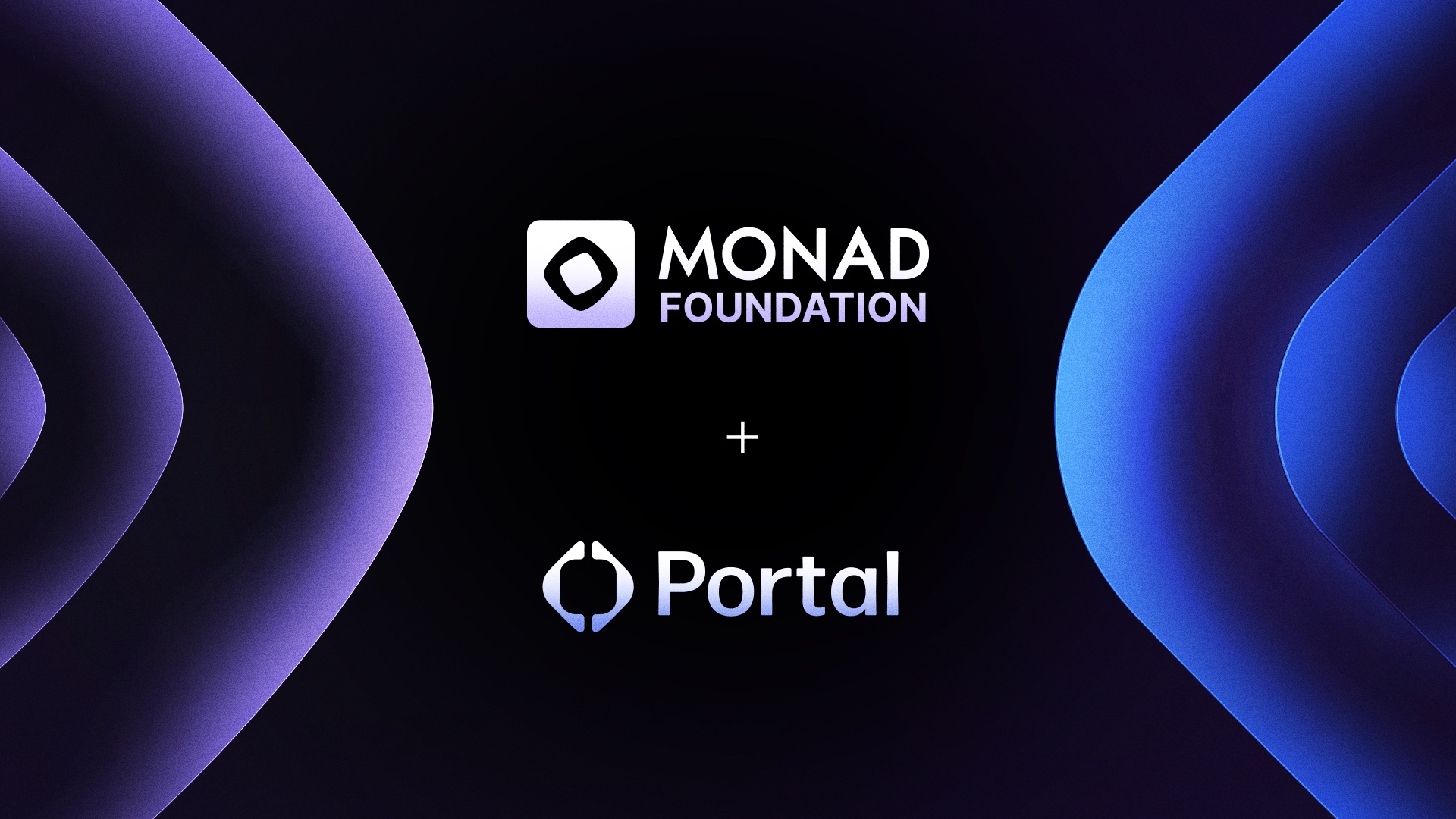
Sequence — A leading web3 development platform integrating its smart wallet and NFT infrastructure with Monad to enable seamless, high-throughput gaming and DeFi experiences. Sequence’s collaboration leverages Monad’s 10,000 TPS for instant, low-fee transactions.
-
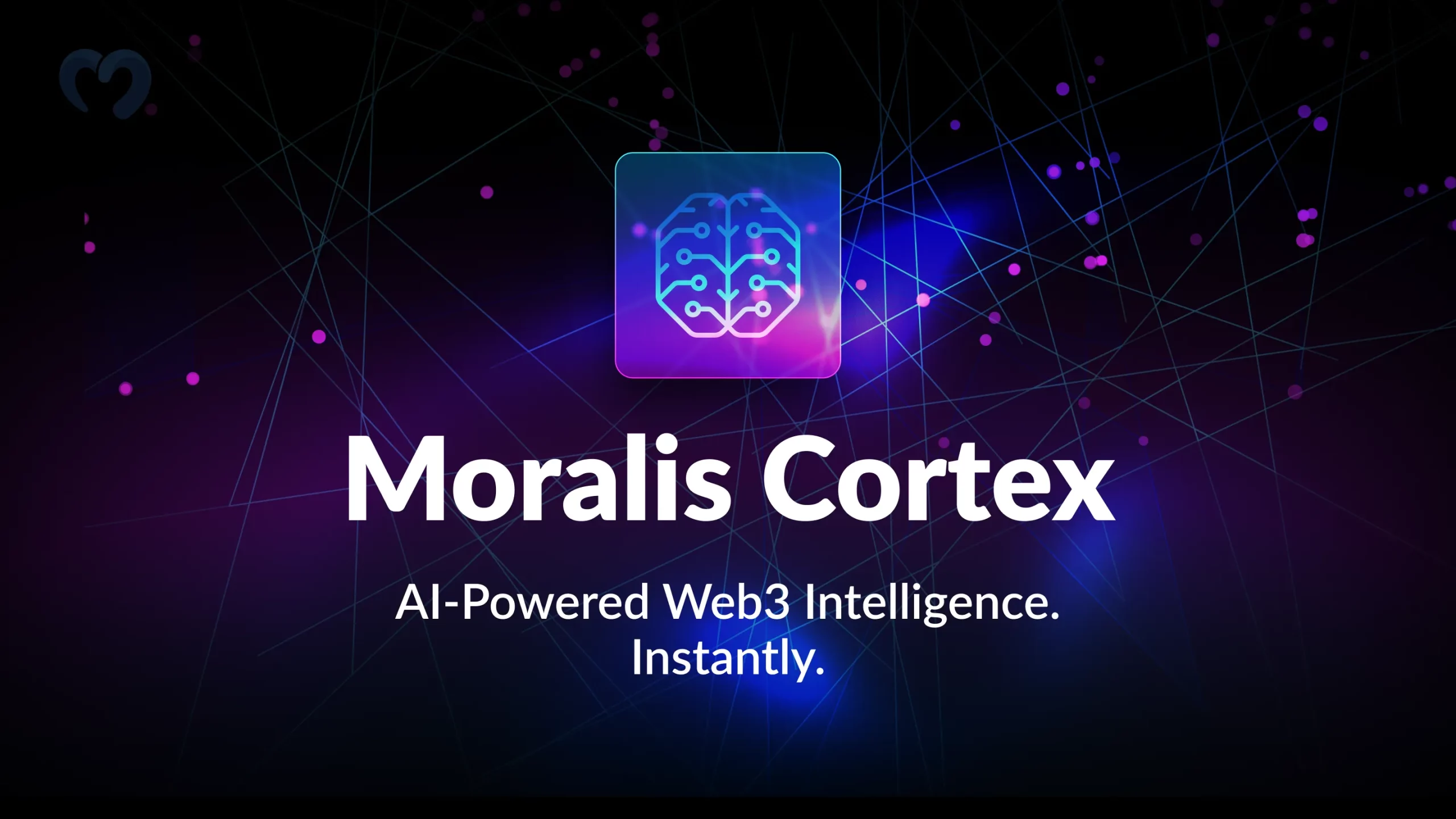
Moralis — The renowned web3 API provider is supporting Monad, allowing developers to deploy scalable DeFi and gaming dApps with familiar EVM tooling while benefiting from Monad’s parallel execution and near-zero gas fees.
-

LayerZero — The cross-chain interoperability protocol is expanding support to Monad, enabling secure, real-time asset transfers and messaging between Monad and other major blockchains, crucial for DeFi composability.
-
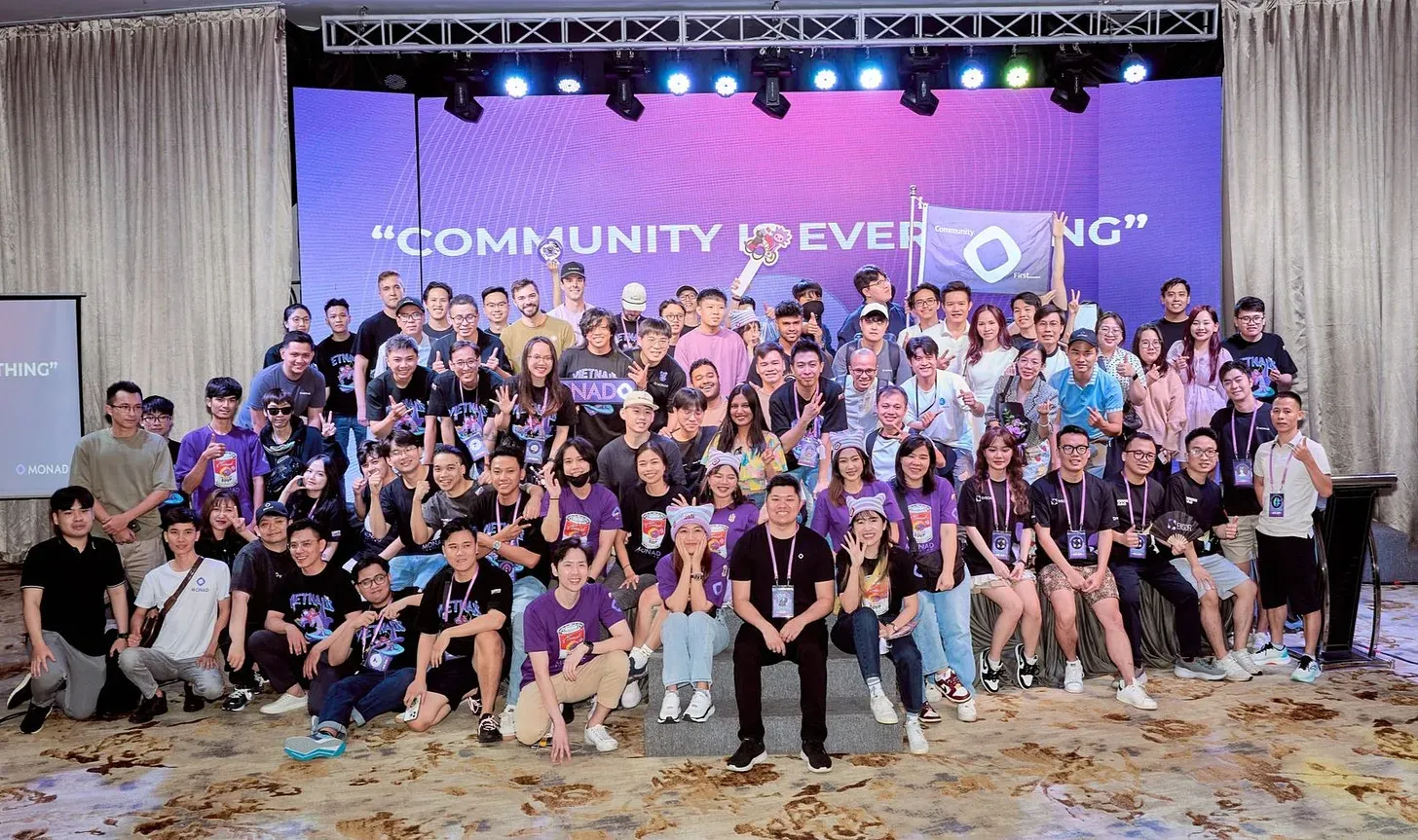
BlackNodes — A prominent node infrastructure provider, BlackNodes is building robust validator and RPC services for Monad, ensuring reliable access and performance for dApps as the ecosystem scales.
-
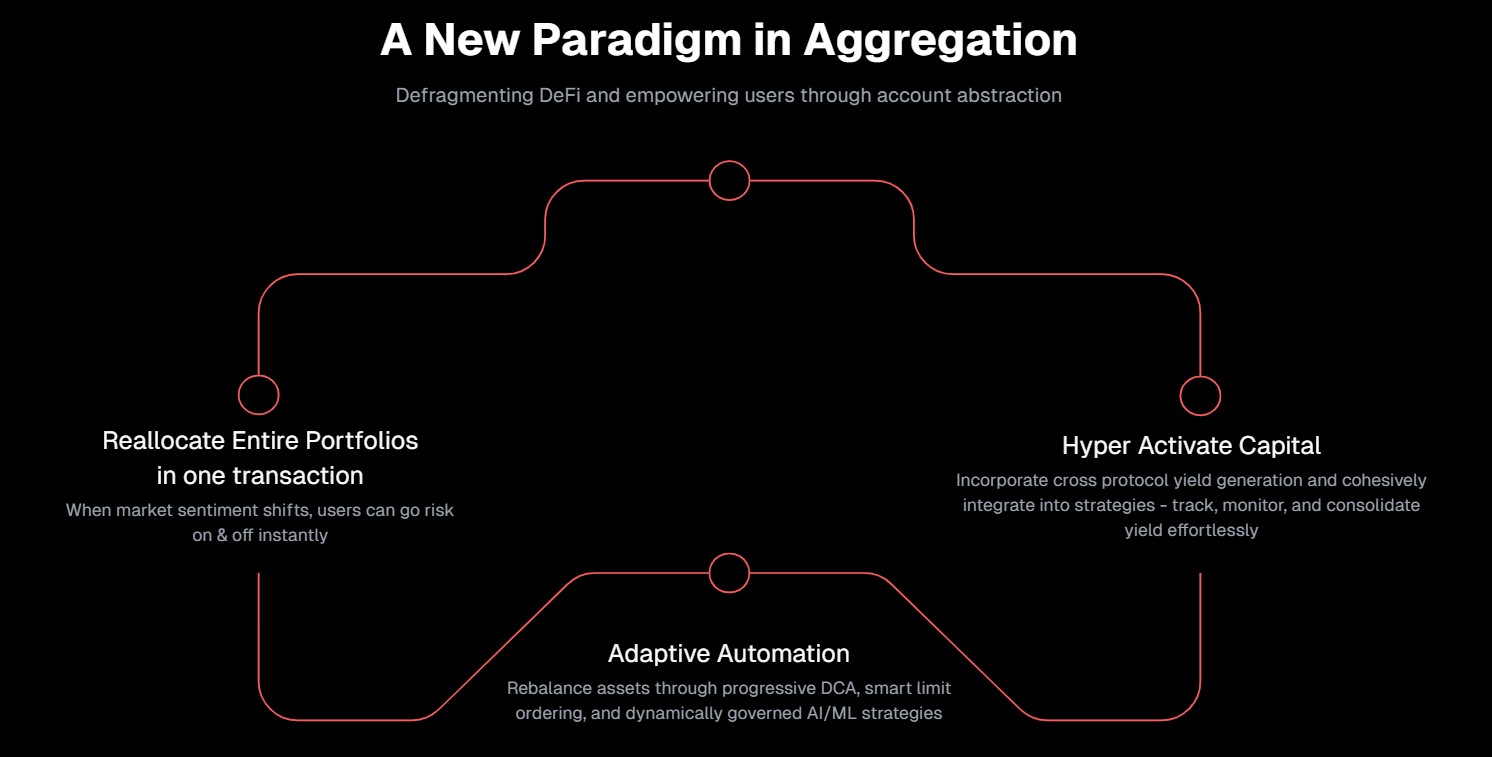
Yitoshi — A DeFi protocol and analytics platform, Yitoshi is launching on Monad to offer advanced on-chain analytics, portfolio management, and real-time trading tools, harnessing Monad’s high throughput and low latency.
For enterprises, game studios, and DeFi innovators, Monad offers a credible path to real-time, high-throughput applications that do not compromise on decentralization or user experience. The convergence of technical prowess, Ethereum compatibility, and institutional backing make Monad a chain to watch as it approaches its mainnet debut. The era of real-time DeFi blockchain and scalable EVM gaming is no longer aspirational – it is becoming reality on Monad.
